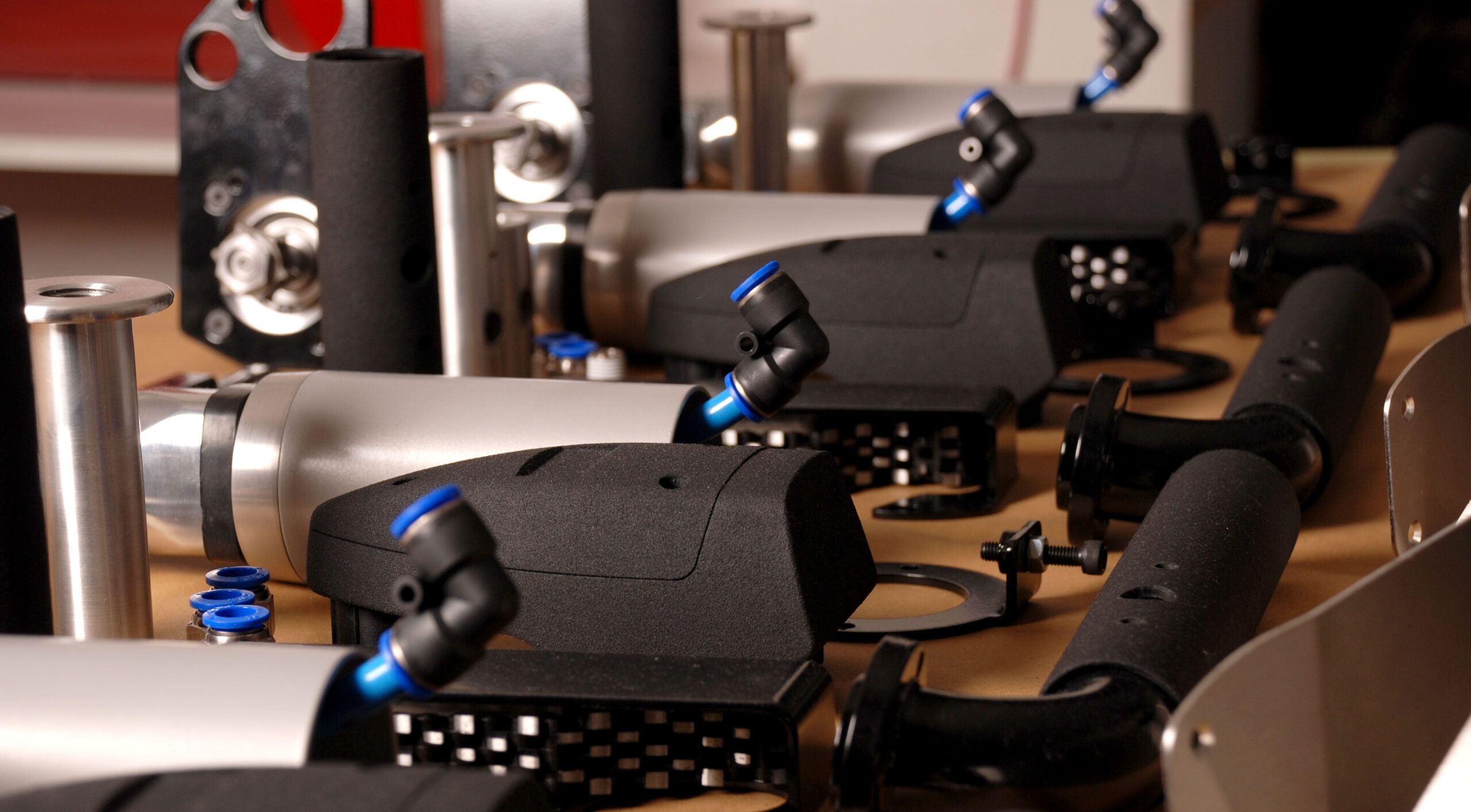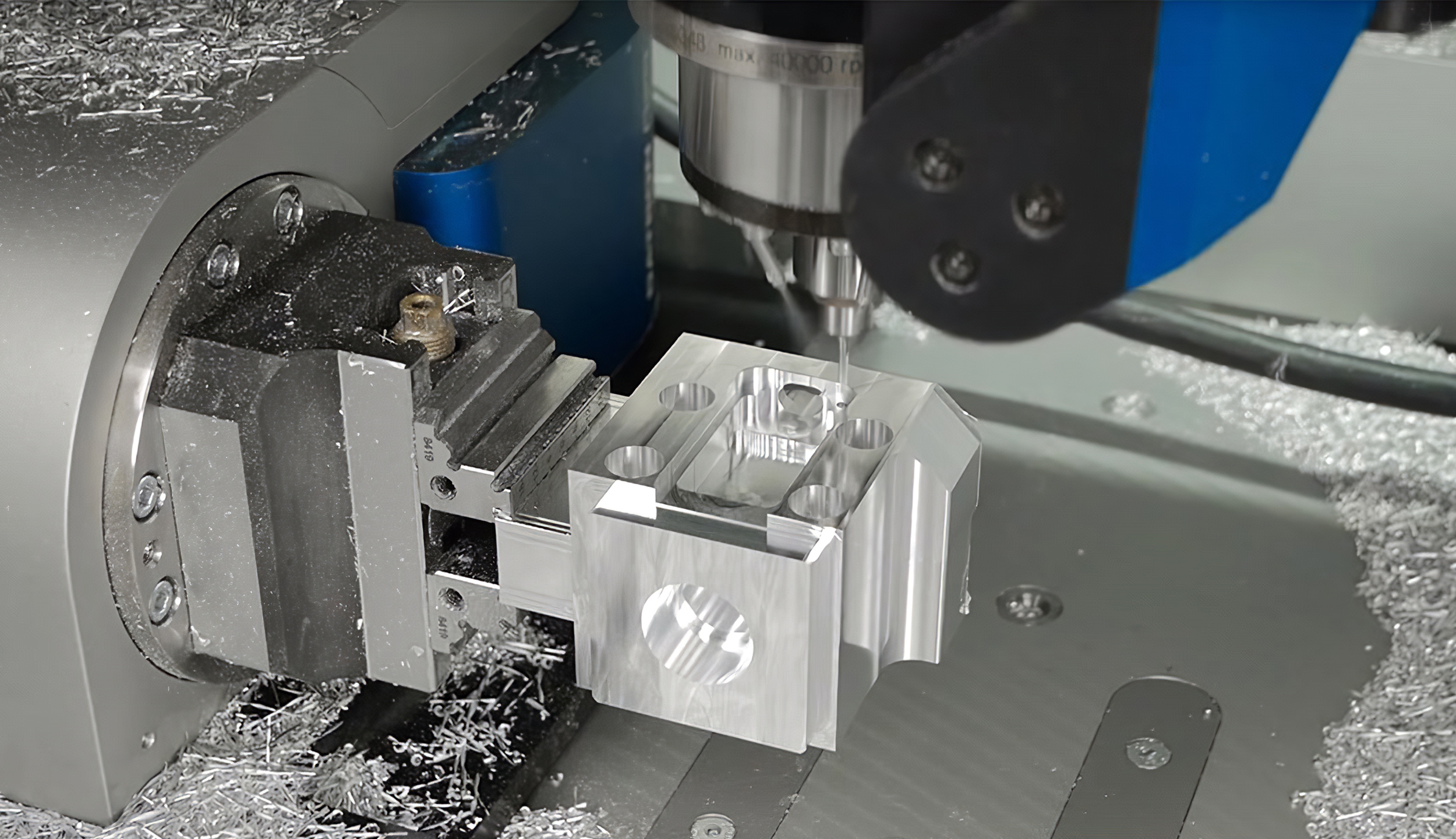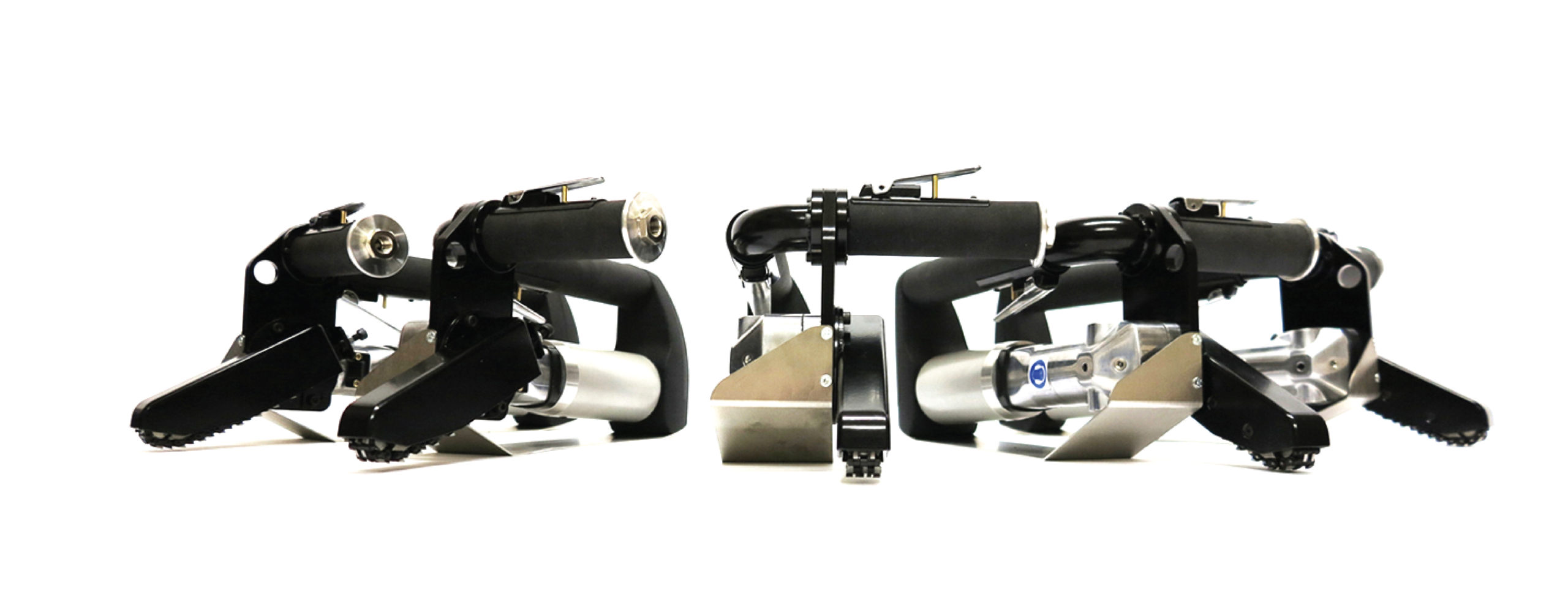What are the benefits of Low-Volume Manufacturing?

As product life cycles diminish, it has never been more important to increase speed to market. This is where low-volume manufacturing can be a real advantage to product development and industrial design. Essentially, the process sees the manufacture of smaller quantities of parts (tens to hundreds), rather than the usual thousands involved in full-scale production.
Table of Contents
Low-volume manufacturing has an impressive range of benefits. For one, it spans the space between prototype production and mass manufacture, allowing further tests of the product and the market itself. Beyond this, it’s a very efficient means of placing a product in the marketplace rapidly, while tackling any opportunities for product and tooling enhancement as the product beds in.

Interestingly, this doesn’t necessarily add to the cost per unit. Mass producing parts often demands a substantial upfront investment in processes such as injection moulding or die-casting – particularly if the physical pressures of large-scale production are to be brought to bear. Therefore, low-volume manufacturing has the ability to avoid such a large investment while still generating quality parts. When the tooling needn’t be quite so robust it will be more cost-effective and faster to create.
It’s also worth bearing in mind that large-scale production demands a significant level of inventory in materials and equipment. So manufacturers are likely to insist on larger minimum order quantities. This isn’t the case when working with low-volume manufacturing specialists such as consultant company Bluefrog – who can execute orders, using state-of-the-art processes like high-speed CNC machining and tooling, RIM and Vacuum casting, 3D printing and laser cutting of polymers and metals, much faster and with much less up-front investment.

It’s also worth bearing in mind that large-scale production demands a significant level of inventory in materials and equipment. So manufacturers are likely to insist on larger minimum order quantities. This isn’t the case when working with low-volume manufacturing specialists such as Bluefrog – who can execute orders, using state-of-the-art processes like high-speed CNC machining and tooling, RIM and Vacuum casting, 3D printing and laser cutting of polymers and metals, much faster and with much less up-front investment.
For instance, our product design agency, designed, developed and manufacture a specialist power tool for Carto Strip. The Carto Strip is used for removing waste from die cut sheets of solid carton board and corrugated fibreboard and replaces the time-consuming process of manual stripping. The machine is ergonomically designed for safety and comfort allowing users to reduce stripping time by 85% in comparison to traditional practices.
As the project moved from design to production Bluefrog Design utilised in-house digital manufacturing technologies – including 3D printing, CNC machining and laser cutting – to produce extremely rugged parts manufactured in low volume batches of 20 with a yearly forecast of 80 units. With all the assembly and testing carried out by Bluefrog Design, Carto Strip are able to offer a high-value product cost-effectively to market with minimal tooling, meeting the robust demands of the carton industry.
Changes in technology continue at an eye-watering speed, putting industrial designers and developers under constant demands to innovate fast enough to bring a product to market before the competition. After all, this can be the key factor in enjoying a successful launch. Low-volume manufacturing produces the perfect way to make enough sellable stock without creating the disadvantage of a massive inventory. Optimised supply chains also ensure parts are ready very quickly, which means a genuinely expedited route to market.
But low-volume manufacturing isn’t the end of the story. It’s actually the ideal means to steadily build up to full-scale production. Indeed, the process is often known as ‘bridge manufacturing’ for that very reason. As volumes increase, the best manufacturing practises can be identified and streamlined, saving money, improving quality and minimising risk without compromising success.
What is Low-volume Manufacturing?
Low-volume manufacturing refers to the production of a small quantity of specialised items, typically ranging from a few hundred to a few thousand units. This method is ideal for businesses that require limited quantities, such as for prototypes, market testing, or custom products. Low-volume manufacturing offers flexibility, allowing for design changes between batches without substantial costs. It serves as a bridge between initial prototyping and high-volume production, helping companies to gauge market reactions, refine & innovate designs, and ensure product viability before mass production. Furthermore, it’s often faster and more cost-effective than large-scale manufacturing for small batches.
What are the best methods for Low-Volume Manufacturing?
Low-volume manufacturing (LVM) often employs diverse methods to achieve cost-effective and timely production. Among the best methods for LVM are:
Injection Moulding: Suitable for producing high-quality parts in decent quantities.
3D Printing: Allows rapid prototyping and customisation without the need for moulds.
CNC Machining: Offers precision for complex parts and is material versatile.
Vacuum Casting: Useful for creating duplicates from a master model, ideal for medium quantities.
Rapid Tooling: Provides faster mould fabrication to expedite the injection moulding process.
Sheet Metal Fabrication: Perfect for producing metal parts in small to medium quantities.
Choosing the right method depends on the project’s requirements, budget, and timeline.
What is low volume vs high-volume manufacturing?
Low-volume manufacturing (LVM) and high-volume manufacturing (HVM) differ in production quantity, lead times, costs, and flexibility. LVM typically produces a smaller number of units, ranging from tens to a few thousand. It’s quicker to initiate, offers more customization, and is often used for prototyping or bridge production. Conversely, HVM involves producing large quantities of items, often in the tens of thousands to millions. While HVM benefits from economies of scale, reducing per-unit costs, it has higher initial costs and longer setup times. It’s suitable for established products with stable demand, while LVM is ideal for testing or introducing new products.
What are the advantages of low volume manufacturing?
Low volume manufacturing offers several advantages. Firstly, it allows for quicker market entry with reduced upfront costs compared to large-scale production. This is beneficial for testing new products or entering niche markets. Secondly, it offers greater flexibility in design changes based on real-time feedback, ensuring products meet customer needs. Thirdly, with shorter production runs, there’s reduced inventory, leading to lower warehousing costs. Additionally, low volume manufacturing can result in a higher-quality product due to more hands-on and specialized production methods. Lastly, it’s ideal for customized or bespoke products, catering to specific consumer demands or creating limited-edition items.
Like to learn more?
Socials



